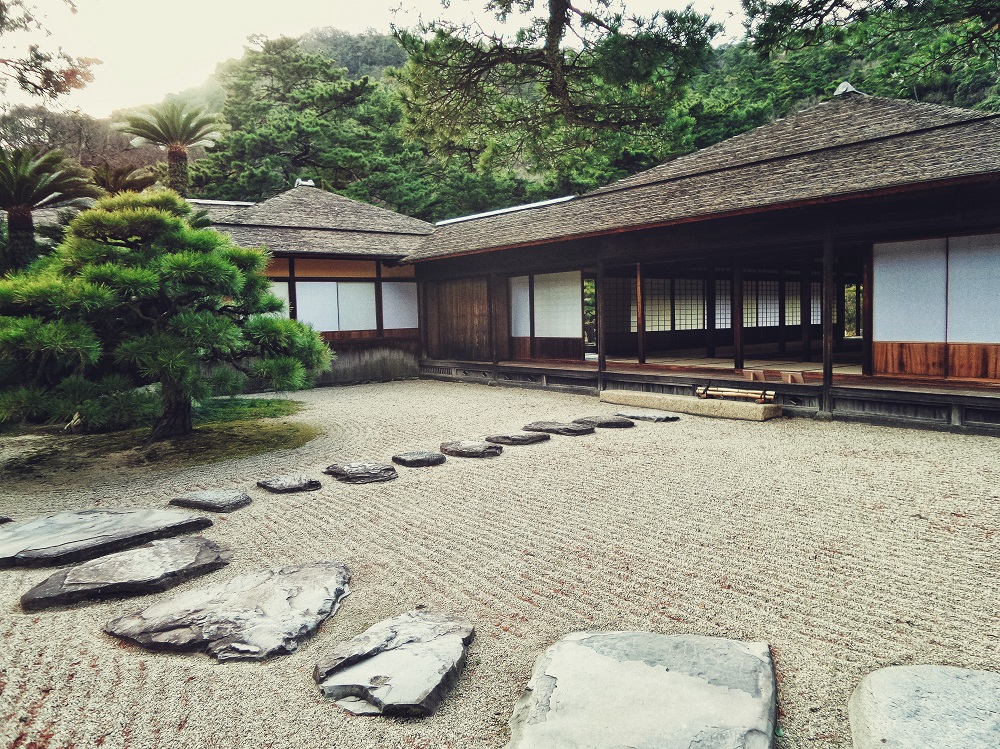Rain gutters are now an essential component of all buildings. Most property owners assume they can do away with them if the area has low snow and rainfall quantities. This assumption, however, has led to varying levels of water damage on their walls and foundation.
Even the lowest amounts of rainfall call for gutters to prevent water damage. Gutter protection systems, including mesh screens, leaf guards, gutter brushes, and gutter inserts, are a vital component of your guttering.
These gutter protection systems are meant to keep debris out of your gutters and keep them functioning optimally. Problem is, they could cause the same problems they’re supposed to solve when incorrectly installed or chosen.
One of the leading issues with protection and gutter systems is galvanic corrosion. This form of corrosion is also known as bimetallic corrosion. It arises from the electrochemical dissociation of two dissimilar metals in contact with an electrolyte present. Galvanic corrosion will generally affect one metal and leave the other one mostly unaffected. Simply put, one metal will become the sacrificial one for protecting the other from corrosion. Roofs and gutters are usually made of metal, and so are the gutter protection systems. This arrangement heightens your property’s risk of galvanic corrosion. Thankfully, the following methods exist for the protection of your gutter system from this corrosion.
Avoid the Mixing Of Metals
In as much as possible, you should aim for the same metal for your gutters and their protection systems along with their fastening alternatives. You should, for instance, opt for zinc-coated gutters with zinc-coated leaf guards attached by zinc-coated screws. This might not always be possible, but there exists a galvanic chart detailing metals that can be mixed without significant risk of corrosion. You can thus mix the metals according to the galvanic chart.
Minimize Wetness

The total time in which your gutters are wet will also determine their rate of corrosion. When your gutters are always wet from debris and leaves deposited in them, they are at high risk of corrosion. The right gutter protection system goes a long way in keeping out wet debris to leave your gutters dry and water flowing through them rather than stagnating to minimize their corrosion risk.
Barrier Coating
This is among the inexpensive and easiest ways to prevent galvanic corrosion. Some of the standard barrier coatings include powder, plastic, and paints made of urethane and nylon. These create a thin protective layer on the surface of your gutter’s metal and protect it from electrochemical charges when in contact with corrosive compounds.
Use of Alloyed Metals
Using an alloyed metal for your gutters will also give them varying degrees of galvanic corrosion protection. Alloyed steel, for instance, contains chromium and nickel that will be sacrificed in oxidizing environments. This way, the steel is spared from the effects of galvanic corrosion.
Protecting your gutters is not as easy as picking an ideal system and clipping it on them. The above steps will prove essential in not only the durability of your gutters but your roofing material, as well. Your gutter protection system should be carefully selected and professionally installed.


